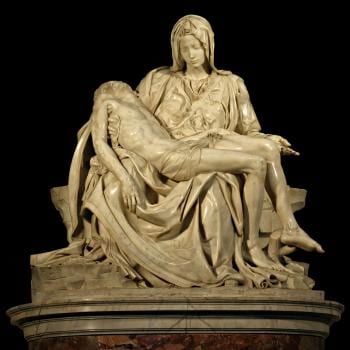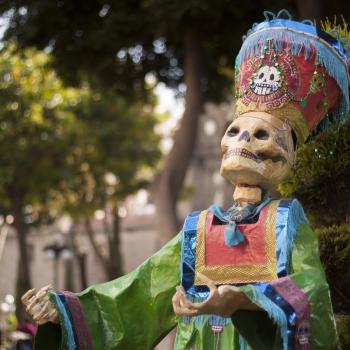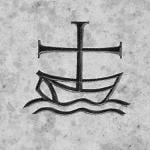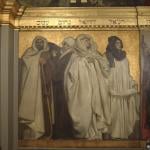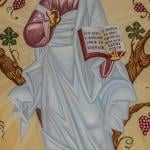from New Advent Catholic Encyclopedia…
In early spring of 1644 he returned to Canada, and in 1646 was sent to negotiate peace with theIroquois. He followed the same route over which he had been carried as a captive. It was on this occasion that he gave the name of Lake of the Blessed Sacrament to the body of water called by theIndians Horicon, now known as Lake George. He reached Ossernenon on 5 June, after a three weeks’journey from the St. Lawrence. He was well received by his former captors and the treaty of peace was made. He started for Quebec on 16 June and arrived there 3 July. He immediately asked to be sent back to the Iroquois as a missionary, but only after much hesitation his superiors acceded to his request. On 27 September he began his third and last journey to the Mohawk. In the interim sickness had broken out in the tribe and a blight had fallen on the crops. This double calamity was ascribed to Jogues whom the Indians always regarded as a sorcerer. They were determined to wreak vengenceon him for the spell he had cast on the place, and warriors were sent out to capture him. The news of this change of sentiment spread rapidly, and though fully aware of the danger Jogues continued on his way to Ossernenon, though all the Hurons and others who were with him fled except Lalande. TheIroquois met him near Lake George, stripped him naked, slashed him with their knives, beat him and then led him to the village. On 18 October, 1646, when entering a cabin he was struck with a tomahawk and afterwards decapitated. The head was fixed on the Palisades and the body thrown into the Mohawk.




